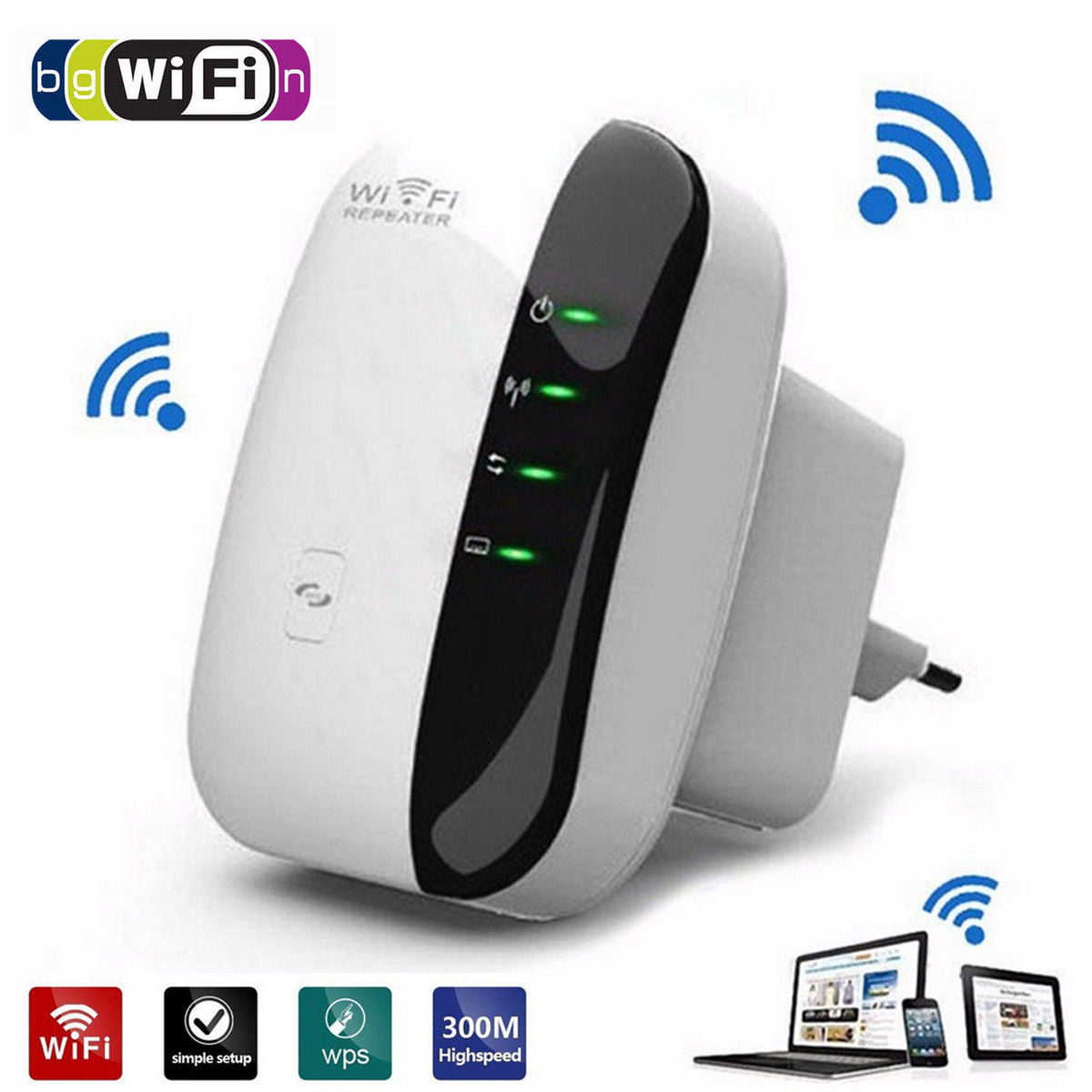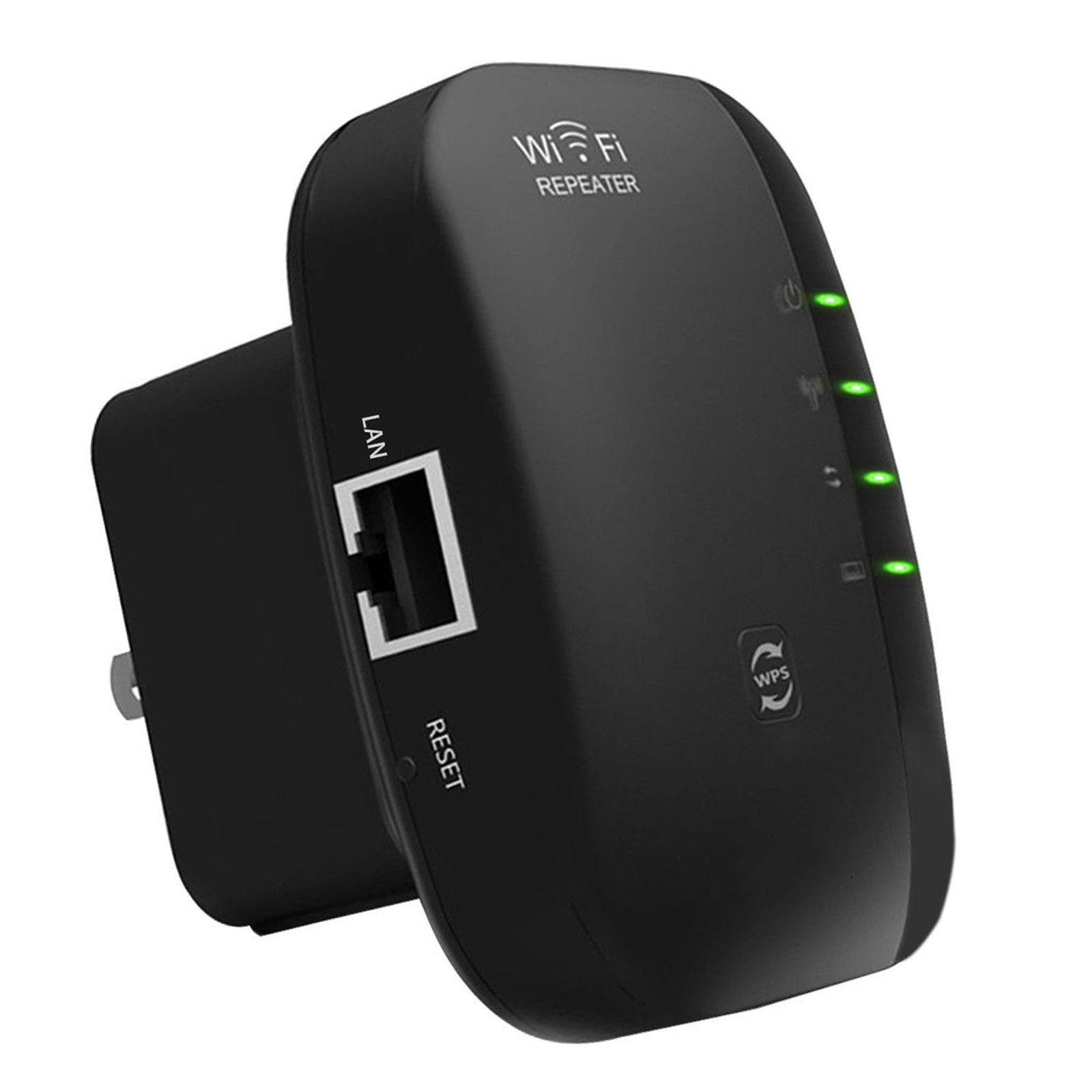
To do so, you would go into the WiFi settings on your wireless device, click on the WiFi booster's network name (SSID) and enter the password. The last step would be to connect your phone, laptop, tablet, and smart home devices, to the WiFi booster. Of course, different WiFi signal booster manufactures (Netgear, Tp-Link, Linksys, D-Link, Asus, Orbi, and Eero) might require additional steps.Īfter completing the setup process, the booster can start working its magic it will grab the existing WiFi signal and extend its coverage area. Simply press the button on both devices and the WiFi booster will connect to the router. Many utilize the WPS (WiFi Protected Setup) button, which makes the installation process super-fast. Most WiFi boosters have pretty simple setup processes. Ideally, you should look for the area that doesn't have a strong WiFi connection and plug the booster into a wall outlet halfway between the target area and the router. You want to place it close enough to the access point to receive a signal, but far enough away to cover the problem areas. The location of the WiFi booster is extremely important. Usually, boosters are coupled with stronger antennas that help broadcast the signal further and cover larger areas. The WiFi booster grabs the signal being transmitted by the access point and amplifies it for better use. WiFi boosters wirelessly connect to an access point, such as a wireless router or hotspot. On the other hand, dual-band WiFi boosters use both GHz frequencies to transmit data one band solely communicates with the router, and the other band talks to the wireless devices.

Single-band boosters only utilize one frequency band (2.4GHz or 5GHz) to transmit data.
#Fiwi booster free#
Learn more or call us for a free consultation: 1-80. Take advantage of our system design and installation services.


Attention business & property owners, installers and integrators


 0 kommentar(er)
0 kommentar(er)
